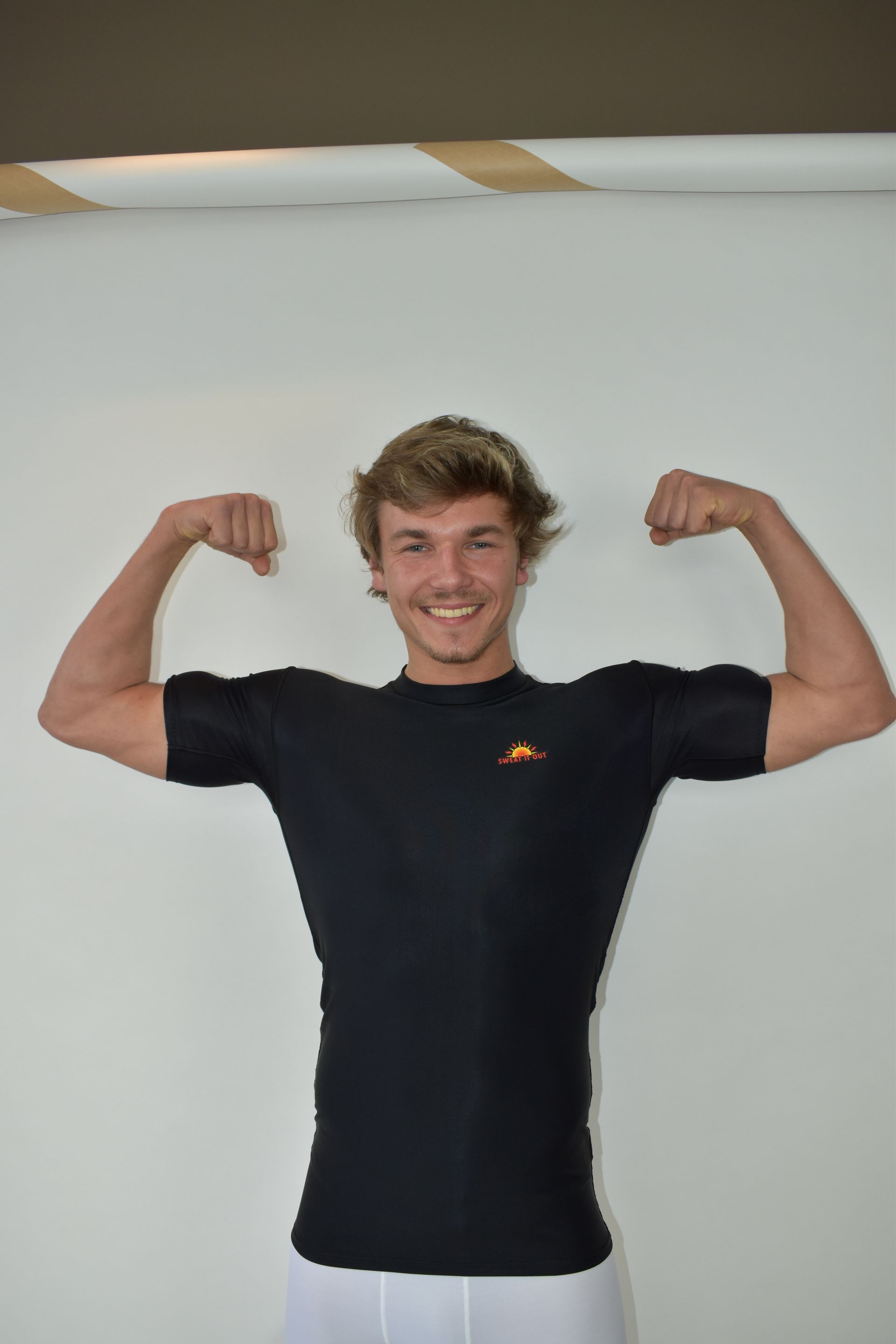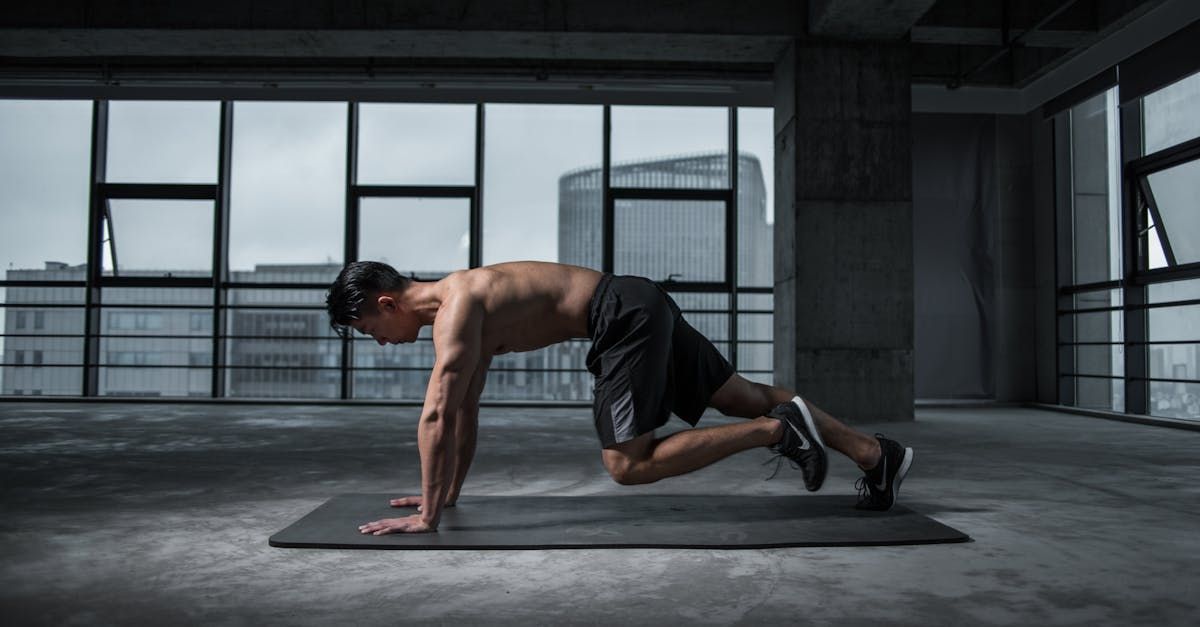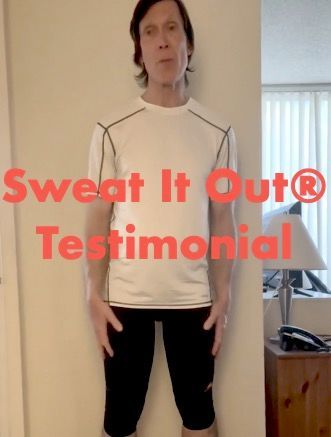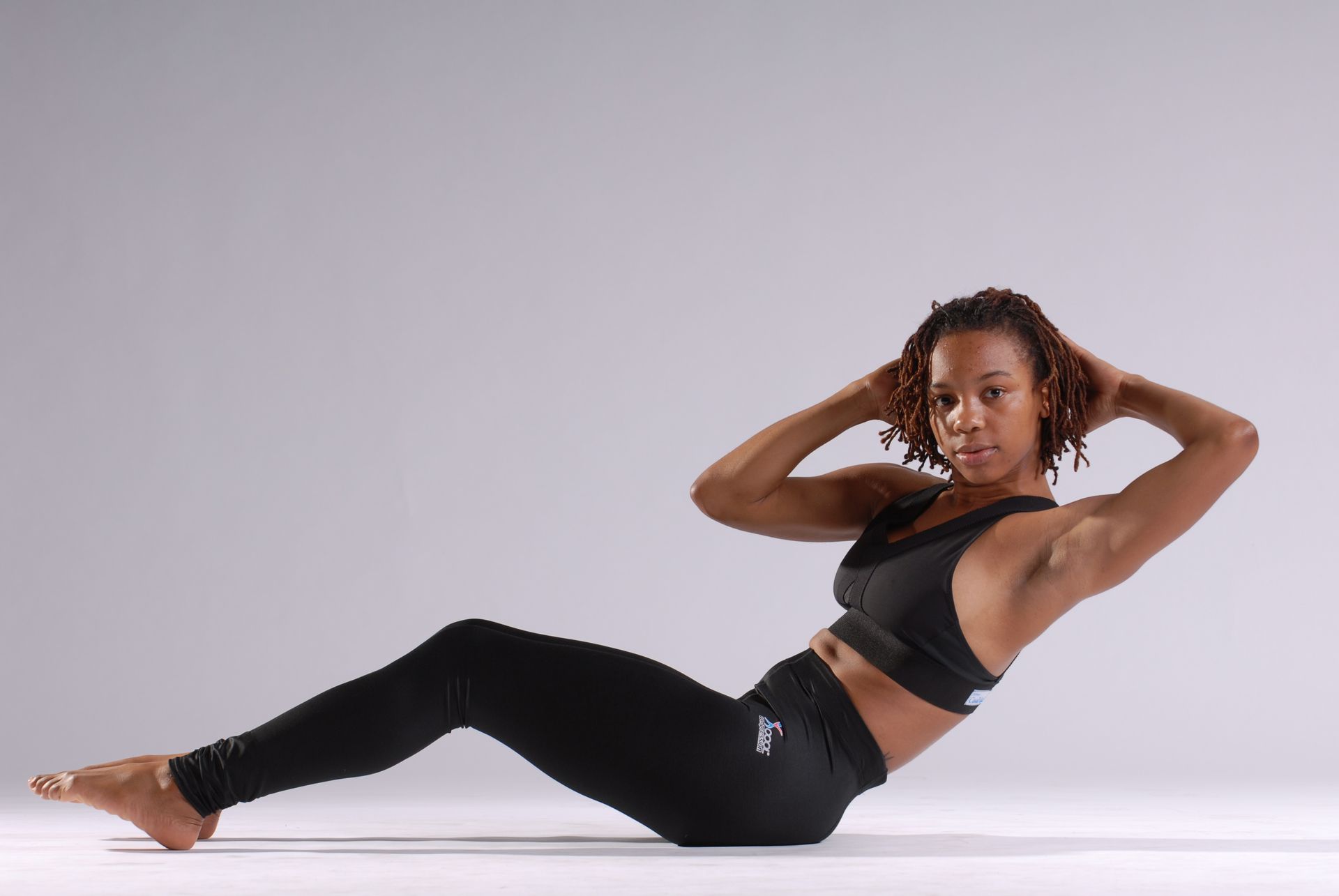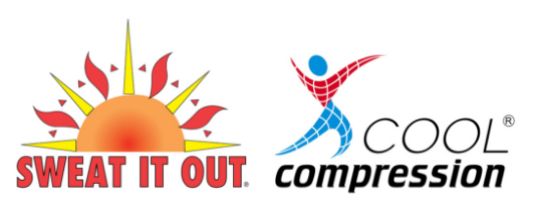How Compression Gear Can Enhance Your Post-Workout Recovery
Are you looking for a way to speed up your recovery and bounce back from your last workout or athletic event?
If you are, you’ll be happy to know that there’s an easy way to enhance your post-workout recovery. Here’s the best part — it’s simpler and more accessible than diving into a cold tub, subjecting yourself to red light, or contorting yourself by myo-blading hard-to-reach muscles.
We’re talking about compression gear. Not only does compression apparel give you a streamlined and athletic silhouette but it’s also a must-have in your recovery toolkit as it can speed up your recovery.
Learn more about the power of compression clothing and how it can supercharge your recovery for your next bout of physical exertion.
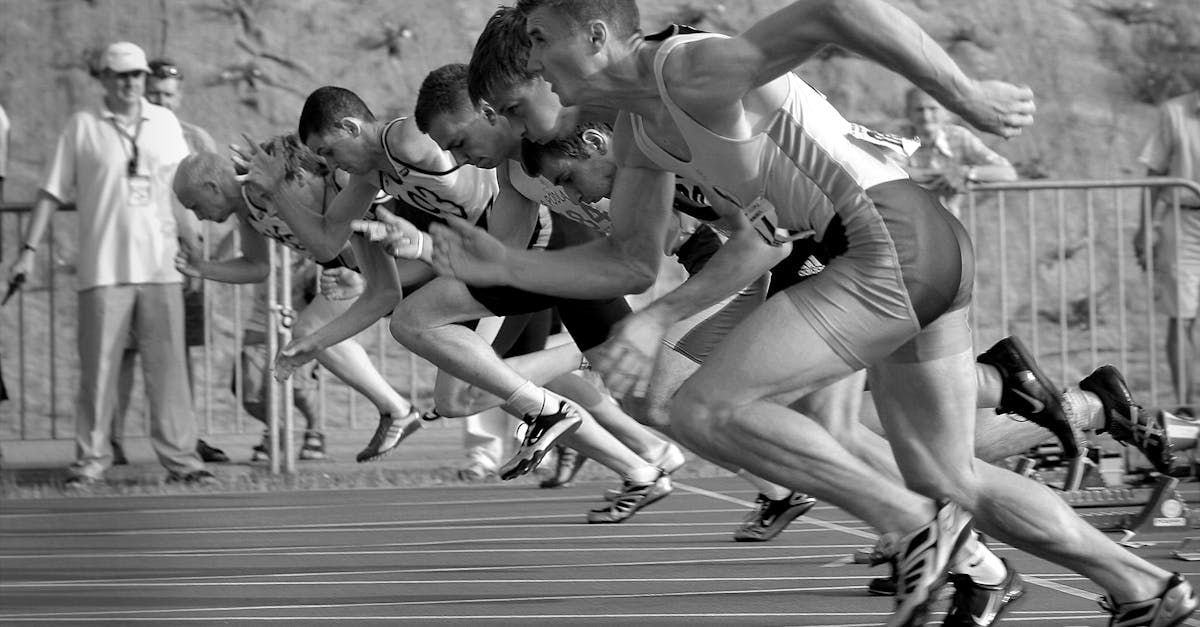
Recovery 101
Thanks to Arnold, we’re all familiar with the idea of pushing harder and further. However, when taken to its extreme, the “grind” can leave trainees burnt out and overtrained, resulting in fewer gains, reduced motivation, or worse, injury.
To support the hard work you put into the gym, track, or academy, you must pay equal attention to the other side of the fitness and performance equation — your post-workout recovery.
Recovering from your workouts is more than feeling good and ready to hit it hard again (although this is a sign that your body is restored). It encompasses a range of physiological processes that bring your body back to a state of normalcy.
It is during your body’s homeostatic and restorative state that certain adaptive changes take place. Here, your connective tissues like your joints, tendons, and muscles rebuild and grow stronger.
There are also other adaptations like your mind priming itself for the next workout and your body’s fluid and nutrient balance returning to normal (assuming you consume enough nutrients).
In short, recovery is critical to your athletic performance, and without it, you’ll be spinning your wheels as you toil away at your workouts with nothing to show for it.
How Recovery Happens: The Key Components of Recovery
There’s a lot to unpack anatomically and physiologically when we talk about post-workout recovery. With that said, all you need to know is that recovering from strenuous physical activity often requires these three components.
- Blood circulation
- Reducing swelling
- Fatigue management
Let’s go into these critical elements of post-workout recovery in greater detail.
Blood Circulation
Have you ever dealt with stiffness after a hard session at the gym, box, or track? If you have, what you experienced were micro-tears in your muscles. These tears occurred due to the stress placed on the muscles you used during your workout session.
During exercise, any stress on muscles will create tissue damage in multiple areas. Once the tears heal, your muscles will develop into stronger ones capable of moving you at greater speeds, pushing more weight, or sustaining moderate-intensity movement for a duration.
However, all of these adaptations won’t occur without muscular recovery, and this is where blood circulation comes in.
Adequate blood circulation brings much-needed oxygen and nutrients to damaged muscle tissues. As your muscles receive nutrient and oxygen-rich blood, they can rebuild, and you can hit it hard again.
Reducing Swelling and Inflammation
Your muscles aren’t the only tissues that sustain damage following physical activity. Whether it’s a run, a hard lifting or HIIT session, or an open mat, your joints also take a beating. As a result, the tissues around areas like your elbows, shoulders, and knees will swell.
Swelling isn’t always something to avoid since it’s part of the body’s normal response to any form of tissue damage. However, when it becomes too much, you may be too stiff to the point where you’ll be sidelined for a few days post-workout, which is bad news if you’re trying to stick to a consistent training schedule.
This is why part of your recovery protocols should include ways to control swelling around your joints and muscles.
Managing Muscle Fatigue, Particularly the “Dreaded DOMS”
The last piece of the post-workout recovery puzzle is muscular fatigue management. When done correctly, management can result in faster recovery and save you from something every exerciser or trainee dreads — DOMS.
DOMS or delayed-onset muscle soreness is a type of muscle soreness that occurs 24 to 48 hours after your workout. It happens because of the microtears in your muscles, which can result in stiffness and pain that can linger for up to 48 hours.
DOMS often subsides on its own, but there are times when it can linger past the 48-hour mark. When it does, it’s a sign that your muscles are struggling to keep up.
How Compression Gear Can Enhance Your Post-Workout Recovery
NOT ALL COMPRESSION GARMENTS ARE MADE FROM THE CORRET FABRIC to give you these benefits. You have to read and understand what to buy.”
As mentioned, successfully recovering from workouts requires three things:
- Promoting blood floor within the muscles
- Controlling swelling
- Creating a physiological environment to alleviate muscle fatigue
Compression gear can help with all of the above, and it has worked wonders for trainees, from casual exercisers to even Olympic athletes.
Let’s dive deep into how compression gear can enhance your post-workout recovery.
Compression Gear Promotes Blood Circulation
Promoting circulation through compression is therapeutic in many ways, which is why compression therapy is the go-to form of management for patients with deep vein thrombosis. For exercisers and trainees like yourself, compression apparel can compress your muscles for improved circulation.
Compressing the areas around your muscles can increase the heat within them, which can widen your blood vessels. When this happens, blood is easily redirected to damaged tissues and recovery can take place.
There are other ways circulation from compression can aid recovery. During intense exercise, lactic acid builds up in the muscles. The lactic build-up is what you feel as “the burn.”
Improved circulation helps flush out the lactic acid and hasten muscular recovery.
Controlling Swelling
Another way compression gear can aid post-workout recovery is by reducing swelling.
Following exercise, small tears in the muscles can cause fluid to accumulate. This is why you experience swelling post-exercise, especially in the lower extremities.
While swelling is a normal response to intense physical activity, it’s detrimental to recovery when it’s in excess. To alleviate it, you must apply pressure to any affected areas. Wrapping affected muscle groups has been a go-to strategy, but a better alternative is to don compression gear.
Compression gear is an effective and convenient way to put pressure on multiple swollen parts of the body. With apparel like compression shirts, sleeves, and tights, you won’t need to apply multiple rolls of bandages to keep swelling down.
Minimizing Muscle Soreness
Compression gear can also potentially alleviate delayed-onset muscle soreness or DOMS. There are numerous mechanisms by which compression wear achieves this. However, most studies suggest that compression apparel reduces muscular oscillations, which are small movements within the muscles. These oscillations can be detrimental to recovery because they add strain to already fatigued muscle groups.
By keeping muscles compressed, performance apparel like compression tights can reduce the intensity of DOMS and hasten muscular recovery.
Supports Muscle Recovery on Your Off Days
Even on your days off, you can wear compression apparel when you engage in light activity. By doing so, you’ll be more likely to recover post-workout as you continue to promote circulation, reduce swelling, and reduce the intensity of DOMS.
Do you want faster results? Some studies suggest that wearing compression gear during sleep can improve local muscle recovery, meaning you may wake up feeling less sore after the day’s workout.
How To Add Compression Gear to Your Recovery Routine
We recommend that you consult your physician before you wear compression garments to sleep in. Incorporating compression wear into your routine can be the missing ingredient to your recovery routine. Here’s what you can do to get the most out of your performance gear.
Wear It After Exercise
One of the best times to put on compression wear is immediately after exercise. This allows your muscles to benefit from increased blood flow and reduced swelling as soon as your workout ends, which can speed up the healing process.
Focus on the areas you know tend to feel sore. For example, you can wear compression gear like calf sleeves or compression socks if you’re a runner or compression shorts if you do heavy leg workouts.
Be Consistent
For the best results, use compression garments often, especially if you train frequently. Regular use is helpful for minimizing post-workout soreness, keeping inflammation at bay, and allowing your muscles to adapt better to repeated workouts.
To ensure that your compression game is dialed in, pack your garments alongside the rest of your exercise gear. This ensures that you don’t forget them, and you’ll make donning compression gear a regular part of your recovery routine.
We recommend for recovering from an injury, or post-surgery, to wear our compression garments from morning until evening so you heal faster and prevent a setback. This should be repeated for 7 – 10 days to get the maximum health benefit.
Check out our vast lineup of compression gear and hit your recovery just as hard as you do your training.
